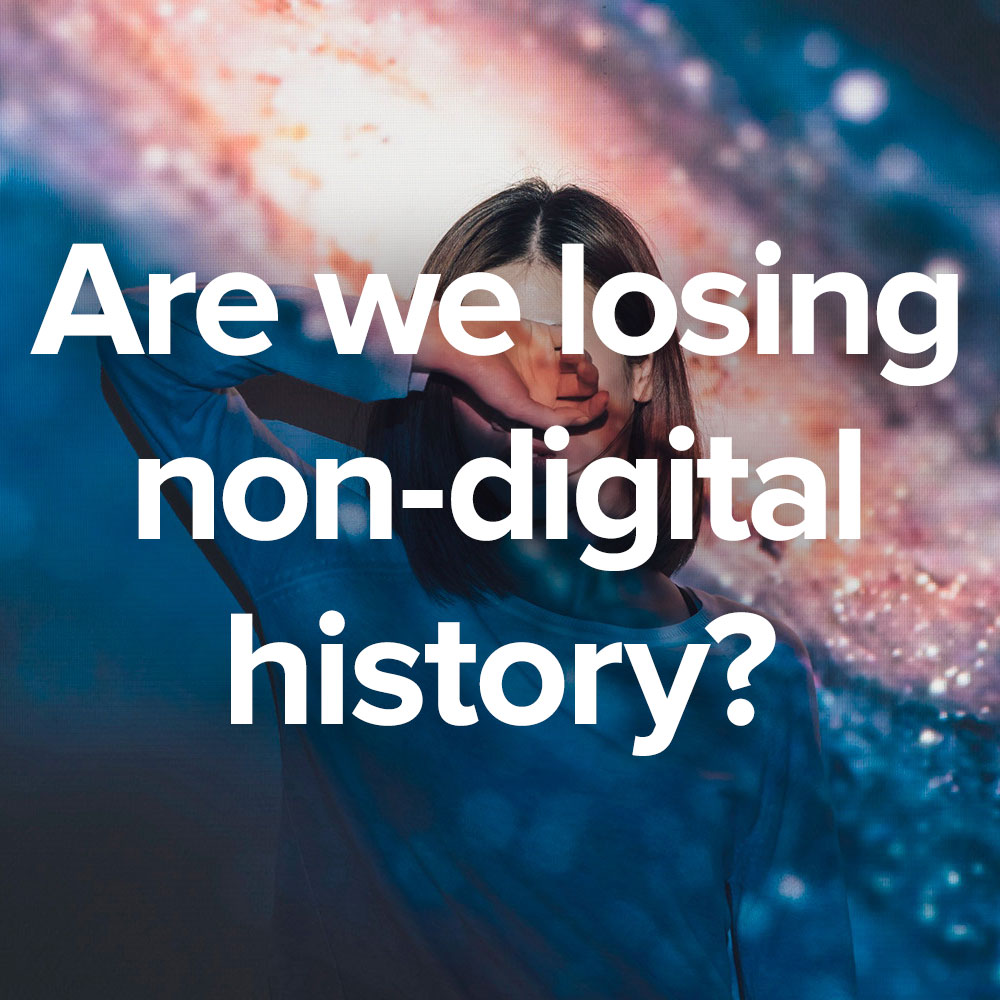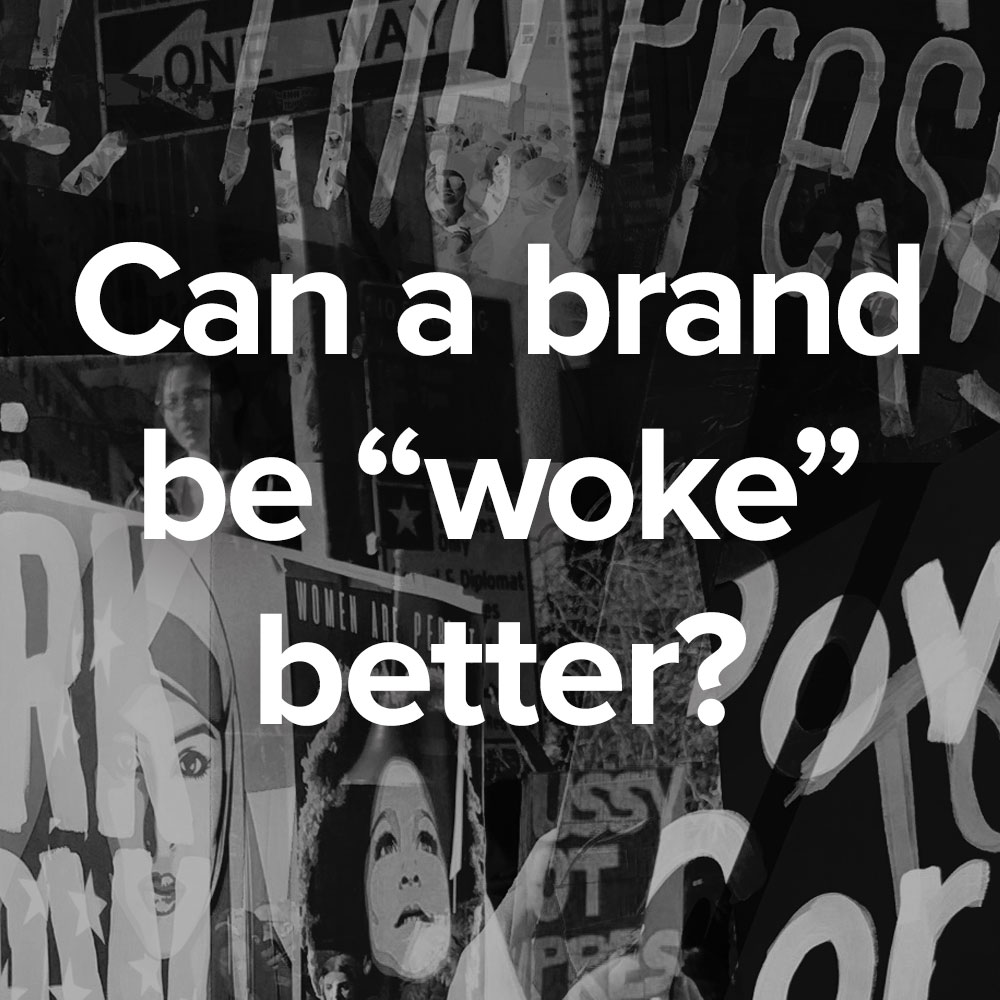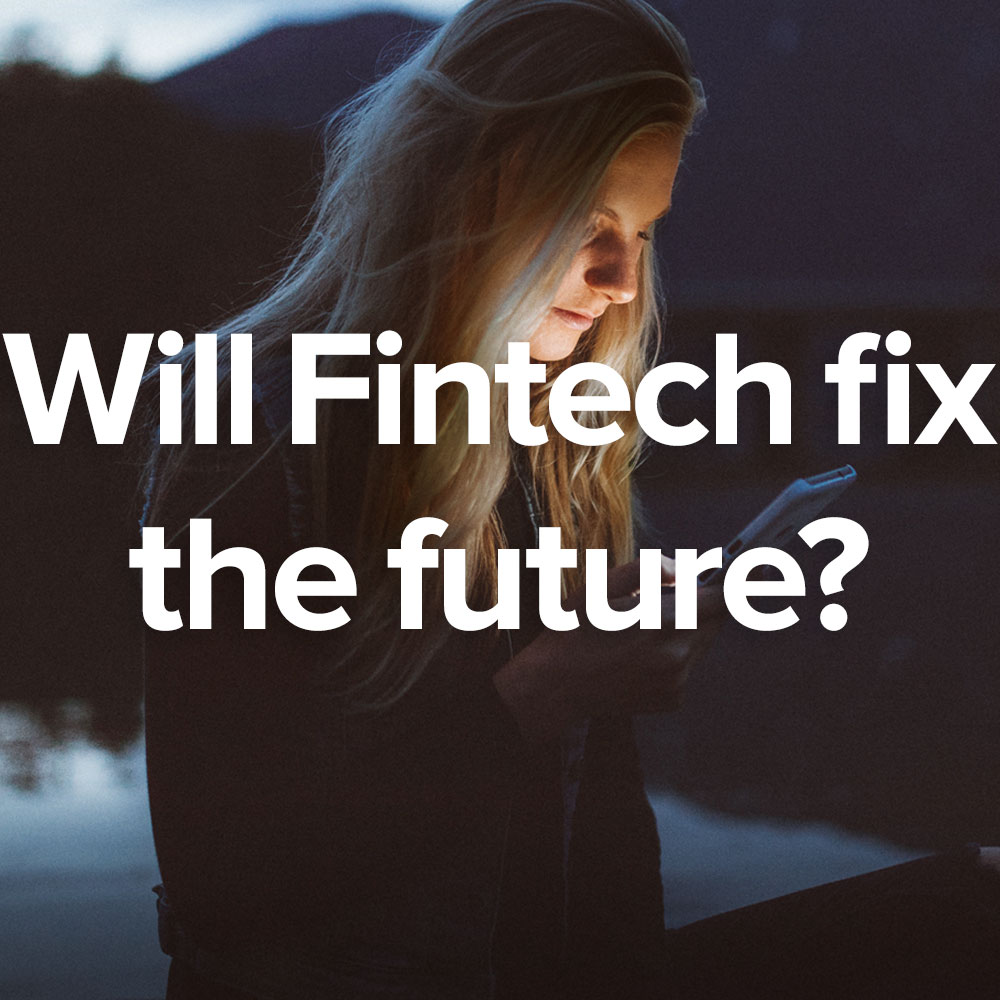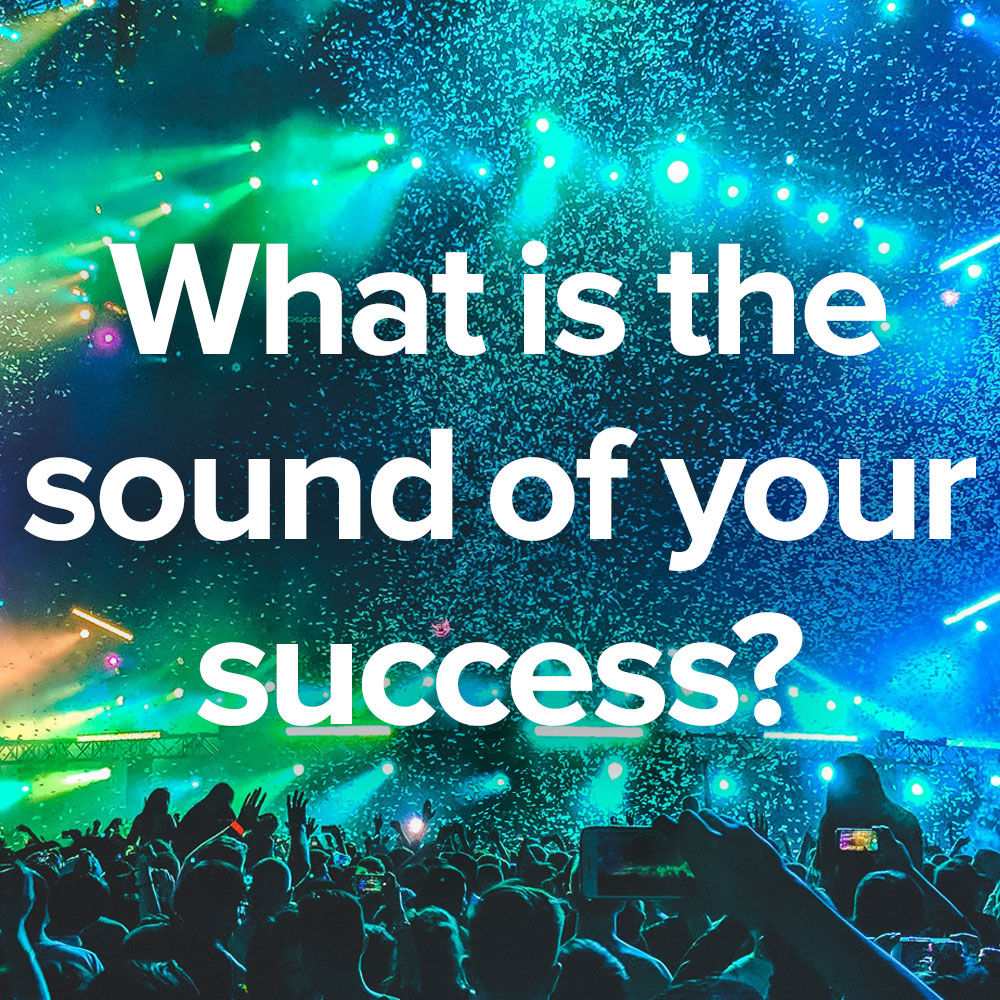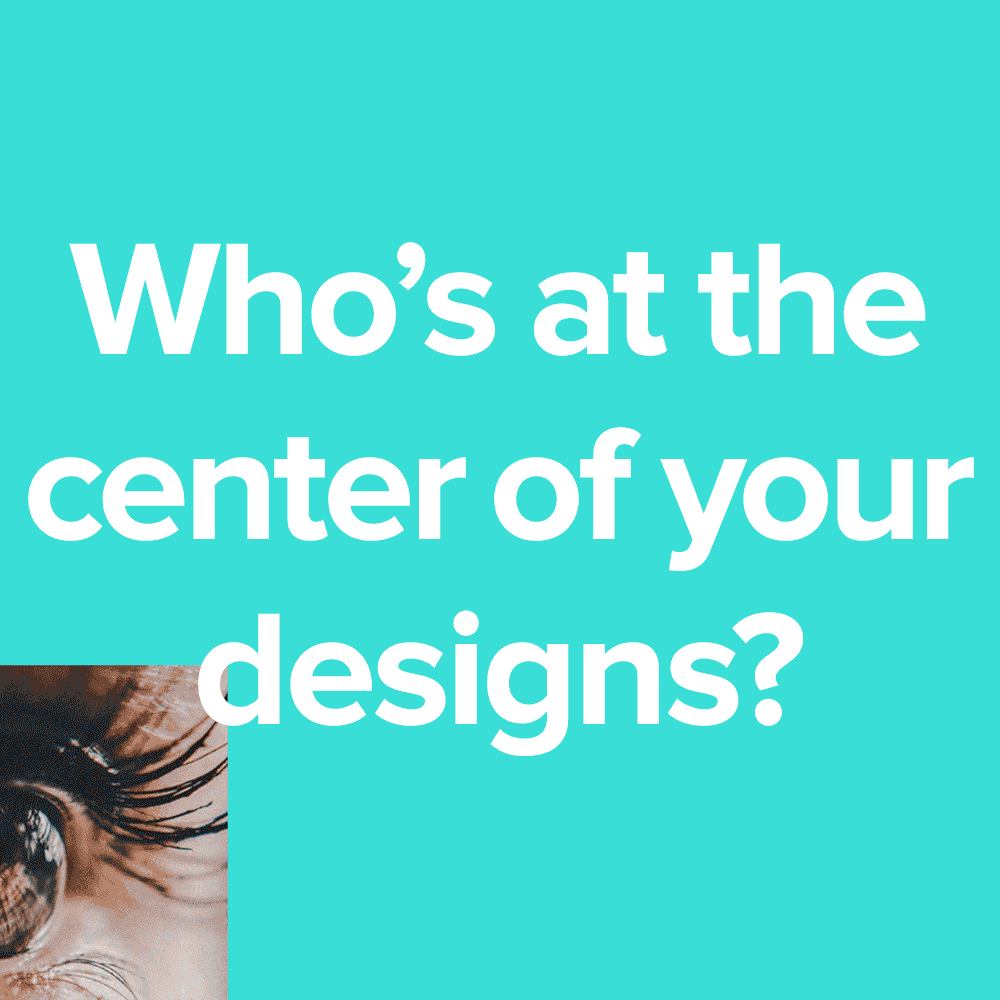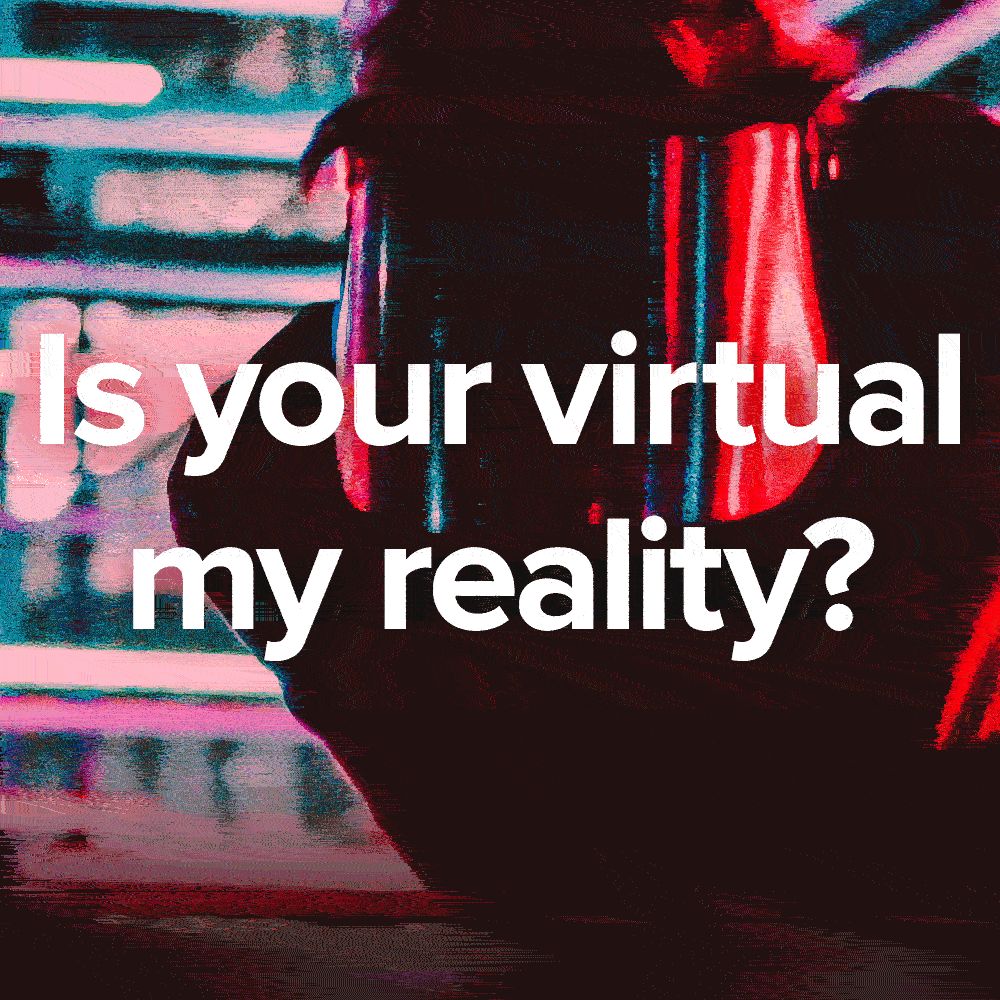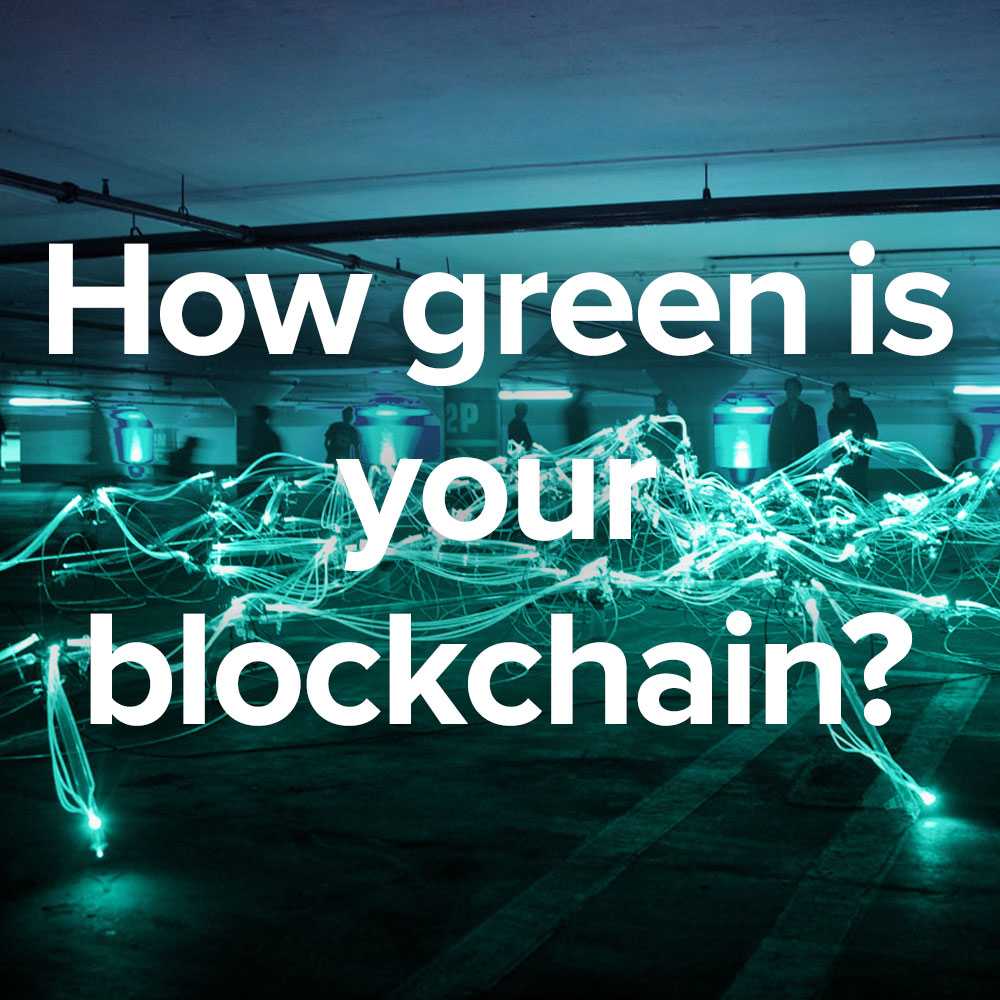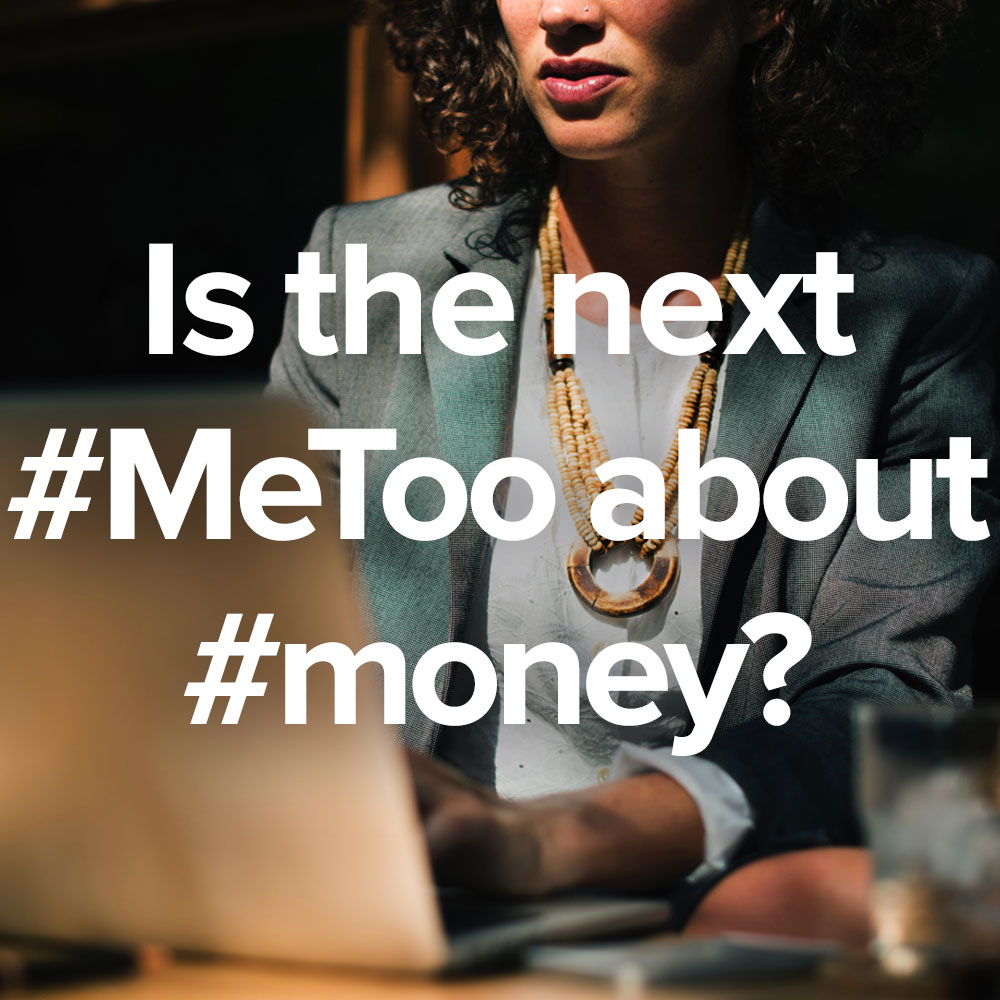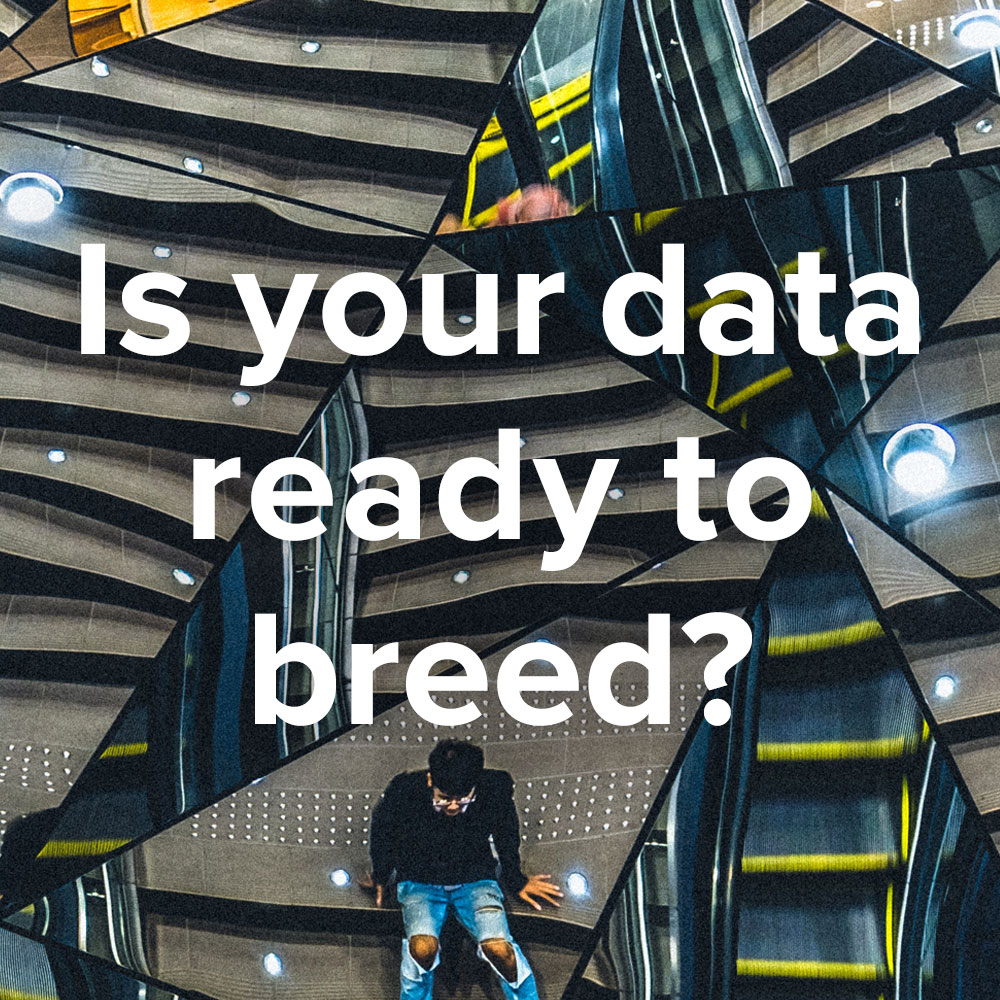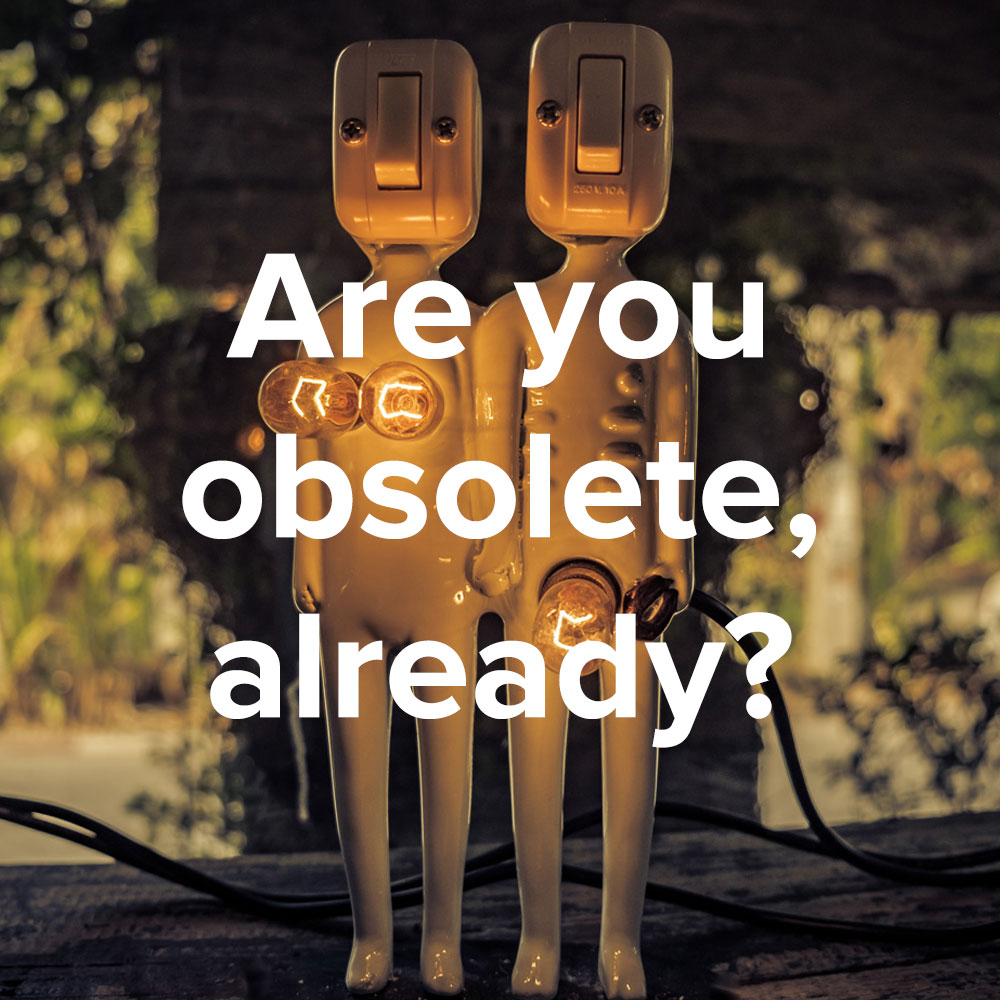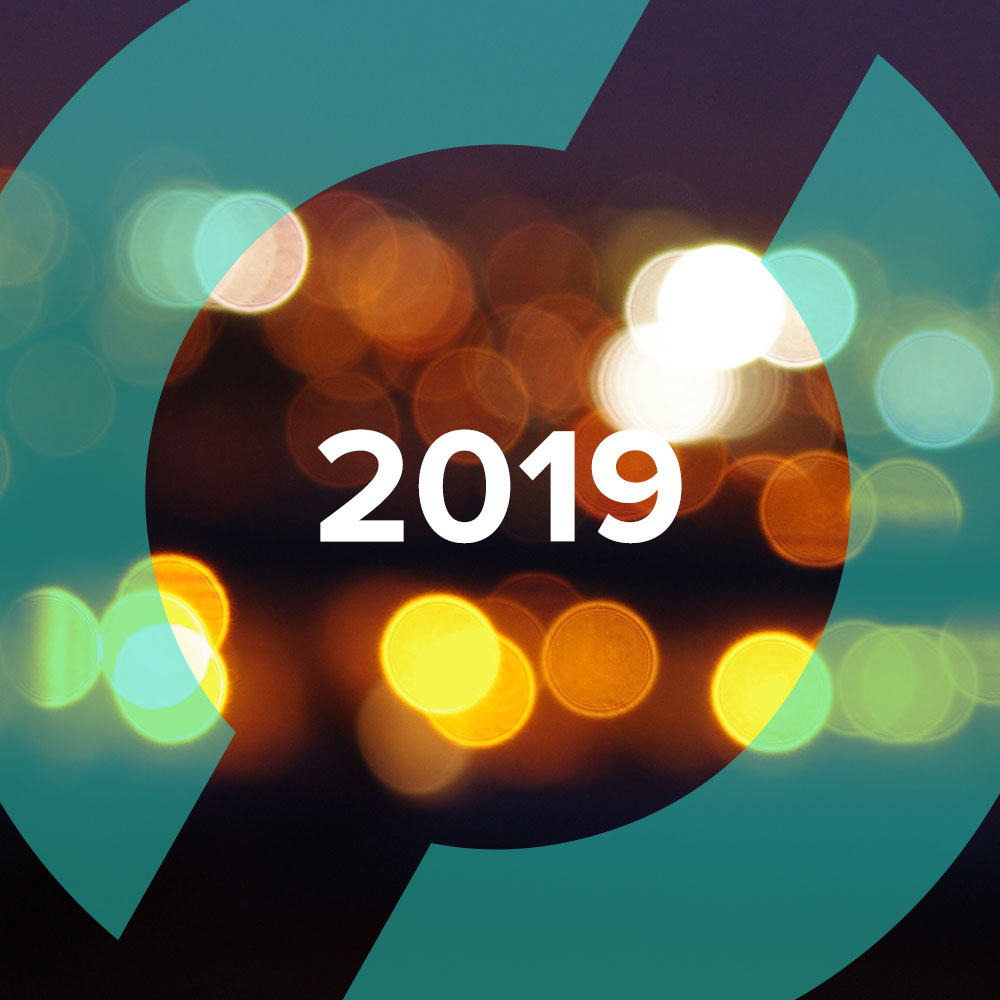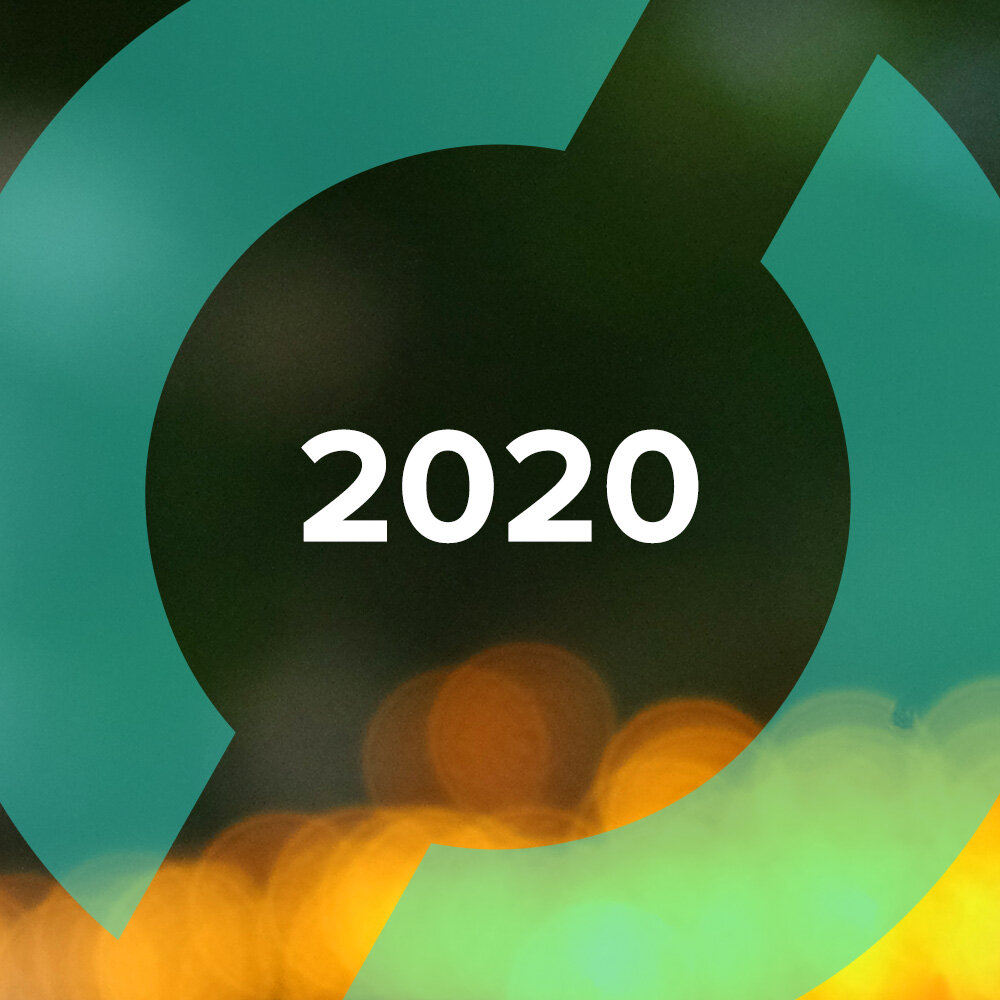“_________”
Simon on the Home of the Future.
Invisible assistance for well-being will be the dominant theme in the future home, activated by your voice. It’s not just “make coffee” or “play Teddy Pendergrass.” It’s holograms appearing when you’re thinking of what clothing to wear. It’s augmented reality helping children learn.
— Simon Gosling
Futurist at Unruly and Campaign Tech Awards ‘New Tech Pioneer 2018’
— If I knew how to sing, I’d have been a rock ‘n’ roll star (no). If I had learned how to play the guitar, the bass, the drums, then maybe it would’ve been me up on the stage of the historic Ryman Auditorium Sunday night (no), our first show in Nashville, our new home. But I don’t, I haven’t, and it wasn’t. Amanda Shires and Jason Isbell did just fine without me. But it does raise the question: when there are certain things in life that we’d theoretically like to accomplish but don’t, why don’t we? Sometimes it’s a lack of talent (yes), sometimes it’s a lack of time. Simon Gosling, a British futurist at global ad platform Unruly, expects the latter reason to become an excuse, and the excuse to then become obsolete in relative short order. The world, he says, will march ever-forward toward more technologically advanced solutions for the more mundane tasks of daily living, in ways that may seem impossible to imagine but which will free us to pursue our passions and live richer lives. With artificial intelligence, voice and 5G connections, the home will become the center of our lives as consumers. The spoils will go to those brands that are invited into the mix. Now where did the movers put my Strat?
Simon, please give us some around-the-house examples of the future.
Simon — First, think of your home life not in terms of what you own, but what you have access to. You don’t literally own those songs on Spotify, for example. Now take it one step further: Invisible assistance for well-being will be the dominant theme in the future home, activated by voice commands. It’s not just “make coffee” or “play Teddy Pendergrass.” It’s holograms that appear when you’re thinking of what clothing to wear. It’s augmented reality helping kids learn. It’s your fridge cams alerting you on your commute home that you have every ingredient for the spaghetti Bolognese except the tomatoes, and since you are on the bus, there’s a shop by the next stop that has what you need. It will give you a recipe for that particular dish. Assistance will do our shopping for us, so that instead of you sitting on your sofa looking at your phone, you can use this new-found time effectively to play instruments, to grow your own salads.
And by the way, supermarkets will be able to use those fridge cams to determine that the neighborhood has plenty of fish, so let’s smartly stock up on something else. Then they will tell you that you get 20% off on those products.
Exploring Unruly’s London Home of the Future
“We’ve created homes of the future incorporating the latest tech trends. It’s not just a home that we show people, but a place where we inspire and help people take the next action in developing digital products. Brands see this and ask us to help them create digital products like chatbots, voice apps, lens augmented-reality experiences. The home is almost a social experiment. It’s an observation. It’s a mirror on where the world is going as opposed to a showroom.”
Food is a big deal in the home of the future, yes?
The area of fitness is going to be a real currency in the future. People define themselves by what they eat. Food is going to become the new snobbery. It’s already going there.
Spotify is an early example of the new home experience?
Think of what Spotify has done. It’s artificial intelligence making recommendations based on listening. Suddenly, if you're a tiny little nobody band from Wisconsin that happens to sound a little bit like Fleetwood Mac, I’m going to hear you. Suddenly, it's democratized, and what Spotify has done for music and bands, Whisk is going to do for food and cooking. It’s AI seeking out things it thinks you are going to like.
What are the ramifications for marketers?
The advertising is going to get highly personalized, and there will be an emphasis on now; “tomorrow” is no good anymore with the Now Generation. The connected home is the new store.
What happens to the old stores?
For retail to survive, we have to let it die in its current format, which is the concept that people will go there to shop. For example, take [British retail chain] John Lewis. Two years ago, 60% of John Lewis’s revenue came from its stores and 40% from online, and now it’s the opposite. For the retail store to succeed now, it has to do three things: entertain, educate, and give a sense of community. John Lewis has built a GBP 600 million (USD 765 million, EURO 668 million) store that provides 23 bookable experiences. One of them is staying the night in a flat in the store. You wake up in the morning in your jimjams and you open the curtain, there are people coming up the escalators, like, whoa. It’s the 23 experiences that are going to get me off my sofa. I am going to shop in the home, but it’s the store that will entertain, educate and give me a sense of community.
“People love Amazon, Spotify and Netflix, right? Because they suggest products. So most of my songs and Netflix, with the movies it suggests, is based on who I am; we want that personalized service. Even if we’re buying a car, choosing a coffee or buying a holiday, we want that level of personalization. If we deny our personal data, we won’t get the recommendations that we love.”
Tell us about Unruly’s “homes” in London and New York.
We’ve created homes of the future incorporating all the latest tech trends. It’s not just a home that we show people, but a place where we inspire people and help them to take the next action in developing digital products. Brands see this and ask us to help them create digital products like chatbots, voice apps, lens augmented-reality experiences. The Unruly home is almost a social experience. It's an observation. It's a mirror on where the world is going as opposed to a showroom.
Are we ready for this?
Hell yeah. Yes, in our connected homes there are voice-activated lights and there's voice-activated coffee and there's voice-activated dishwashers and all this sort of stuff and we will all be ready for that. It’s going to gradually happen as voice becomes more ubiquitous. And that’s really what the experience with the Unruly homes has shown us. Home is the new store, and the thing that I'm holding in my hand, my mobile, is the key driver in this comfortable home.
Are we smart enough as a society to handle a high-tech future? There appear to be a significant number of people who would prefer to roll back the clock on progress.
Yes. It’s already happening. When you travel, you go to TripAdvisor, or to EasyJet online to book a flight. No one is excluded. This is just an extension of that. It’s not for the wealthy city dweller. Beggars in China have bar codes around their necks so you can donate money electronically. Buskers on the Underground here take swipes because almost no one was putting cash in the hat anymore. I’m not talking Minority Report. We’ve got all this in our pockets already. But my voice will activate it all.
There are going to be privacy issues, right, if we’re connecting so thoroughly to brands, whether it’s the conduit, like Amazon’s Alexa; or to the product provider, the local supermarket; or the product itself, whoever is making that tomato sauce for the spaghetti Bolognese?
There is a halfway house on this, and that’s the GDPR [the European Union’s General Data Protection Regulation]. It’s a bit more transparent about how your data is being used, and we have the option to opt in or opt out.
Ultimately that means it’s an issue of trust, correct? Whom do we trust?
People love Amazon, Spotify and Netflix, right? Because they suggest products. So most of my songs and Netflix, with the movies it suggests, is based on who I am; we want that personalized service. Even if we're buying a car, choosing a coffee or buying a holiday, we want that level of personalization. If we deny our personal data, we won't get the recommendations that we love.
What you’re saying is, the person or brand to trust in this high-tech future … is yourself.
When it comes to trust, we have to, ourselves, take some responsibility about what brands know about us. That’s just sensible behavior.
“Home is the new store, and the thing that I’m holding in my hand, my mobile, is the key driver in this comfortable home.”
Simon, do you have any tips, any advice, you’d like to share with marketers considering their brands’ place in the voice-driven home of the future?
Sure. First, provide a good brief. I’ve asked people, what are the briefs like when a brand wants a voice app? They say, often, that the briefs suck. Cause brands will go: “We need a voice app.” Why? “Because everyone needs one, everyone needs voice.” No. Here’s a good one: Kraft Dairy recognized that people don’t say, “Alexa, I’m thinking of buying some dairy products, what do Kraft make?” Instead, Kraft said, what’s our no. 1-selling product? Philadelphia cream cheese. What do 10% of the people who buy it do with it? They make cheesecake. So now they have an Alexa skill called Cheesecake Recipes, and when you talk to it, there are recipes, and whatever one you choose, you need to add two tubs of Philadelphia cheese to the basket to make it. Cha-ching, right? And their brief was, we want to own cheesecake.
Second, know, as a brand, what questions are the most asked on your website? Take the top 50 that people ask you and let that be the thing that leads your voice app.
Finally, when you engage in voice, don’t just think it’s Alexa or its Google or anything else, but, how do we tell our story across various surfaces? Make your apps for everything.
Thanks for giving us a look into the home of the future, Simon!




